In the bustling heart of our cities, where concrete meets sky and traffic hums its endless song, a silent battle rages beneath our feet. It’s not fought with weapons or words, but with something far more insidious – the colorful fragments of our throwaway culture scattered across urban landscapes. Every discarded bottle cap, every forgotten food wrapper, every piece of microplastic becomes a potential death trap for creatures so small we barely notice them, yet so vital that our entire ecosystem would collapse without them.
The Hidden Battlefield of Urban Streets

Walking down any city street, you’ll spot the obvious culprits – plastic bags dancing in the wind, bottles rolling into gutters, and food containers overflowing from trash cans. But it’s the invisible war happening at ground level that truly matters. Urban litter creates a maze of obstacles and false signals that confuse insects during their most vulnerable life stages.
Research from the University of California has shown that urban areas contain up to 20 times more plastic debris per square meter compared to rural environments. This plastic pollution doesn’t just sit there looking ugly – it actively interferes with the complex chemical communications that insects rely on for survival. When a butterfly searches for the perfect leaf to lay her eggs, she might instead encounter a plastic bag that mimics the color and texture of her preferred host plant.
The consequences ripple through entire food webs. Insects pollinate over 80% of flowering plants and serve as primary food sources for countless birds, bats, and other wildlife. When their life cycles get disrupted by urban litter, the effects cascade upward through the ecosystem like dominoes falling in slow motion.
Chemical Confusion in the Concrete Jungle
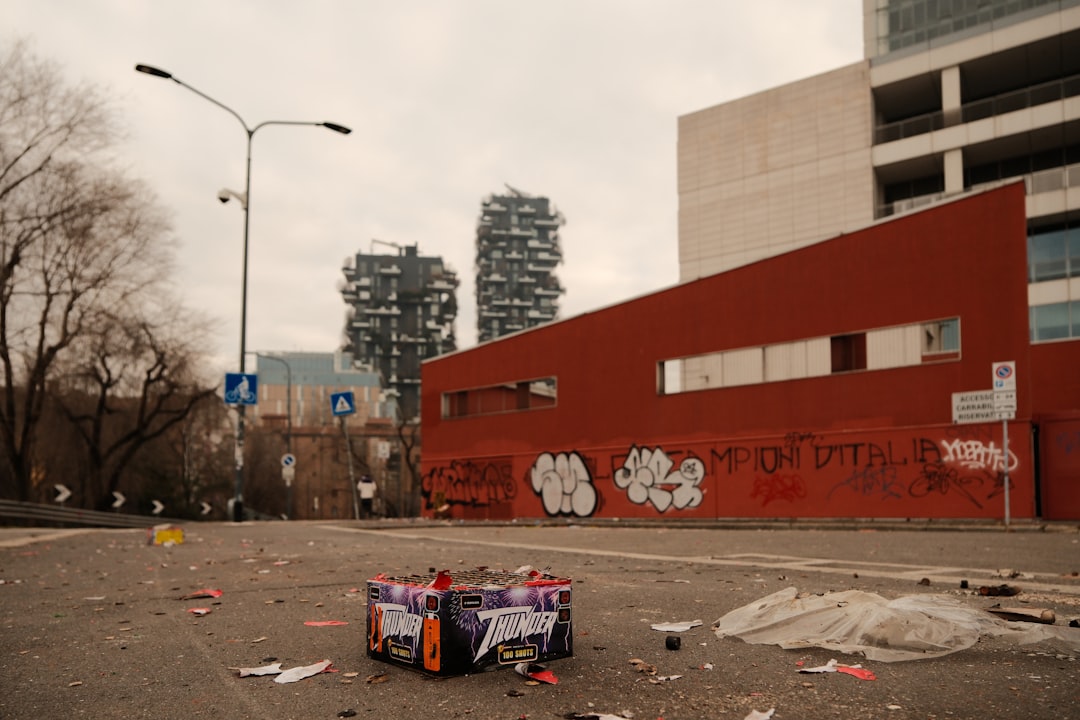
Insects navigate their world through an intricate language of chemical signals that humans can barely comprehend. Imagine trying to find your way home using only your sense of smell, then having someone spray artificial fragrances everywhere you turn. That’s essentially what plastic pollution does to urban insects every single day.
Plastic materials release volatile organic compounds as they break down under UV light and heat. These chemicals can mimic or mask the natural pheromones that insects use to find mates, locate food sources, and identify suitable breeding sites. A male moth following a female’s scent trail might find himself flying in circles around a decomposing plastic container instead of toward his potential mate.
Studies conducted in London parks revealed that plastic-contaminated areas showed a 40% reduction in successful insect mating behaviors compared to cleaner zones. The synthetic chemicals essentially jam the insects’ communication networks, leaving them lost and confused in an increasingly hostile urban environment.
The Pupae Prison Problem
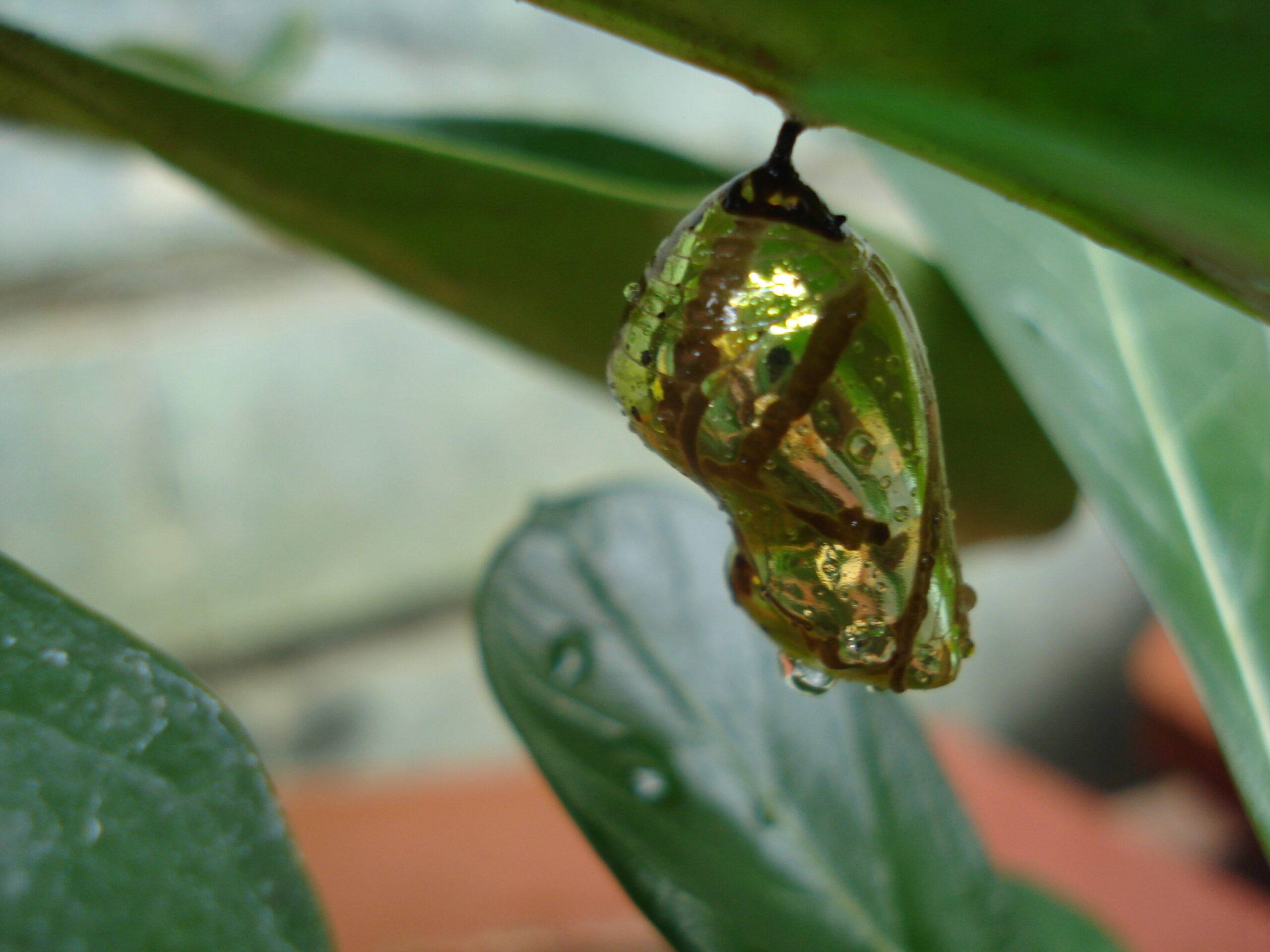
Picture a caterpillar ready to transform into a butterfly, searching for the perfect spot to build its chrysalis. In natural environments, this might be under a sturdy leaf or tucked into tree bark. But in cities, these vulnerable creatures often mistake plastic debris for suitable pupation sites, with devastating consequences.
Plastic surfaces don’t provide the proper moisture regulation that developing pupae need. Unlike natural materials that can breathe and adjust to environmental changes, plastic creates sealed environments that either trap too much humidity or become bone dry. The result is pupae that dehydrate, suffocate, or develop fatal fungal infections during their metamorphosis.
Entomologists have documented cases where entire generations of urban butterflies failed to emerge simply because they chose plastic grocery bags instead of leaves for their transformation chambers. The tragedy is that these insects are following millions of years of evolutionary programming, but the materials they encounter are only decades old and completely alien to their biological systems.
Temperature regulation presents another deadly challenge. Dark-colored plastics absorb heat far more intensely than natural materials, essentially cooking developing insects alive during hot summer days. Even light-colored plastics can create greenhouse effects that prove fatal to species adapted to more moderate temperatures.
Microplastics and the Miniature Massacre
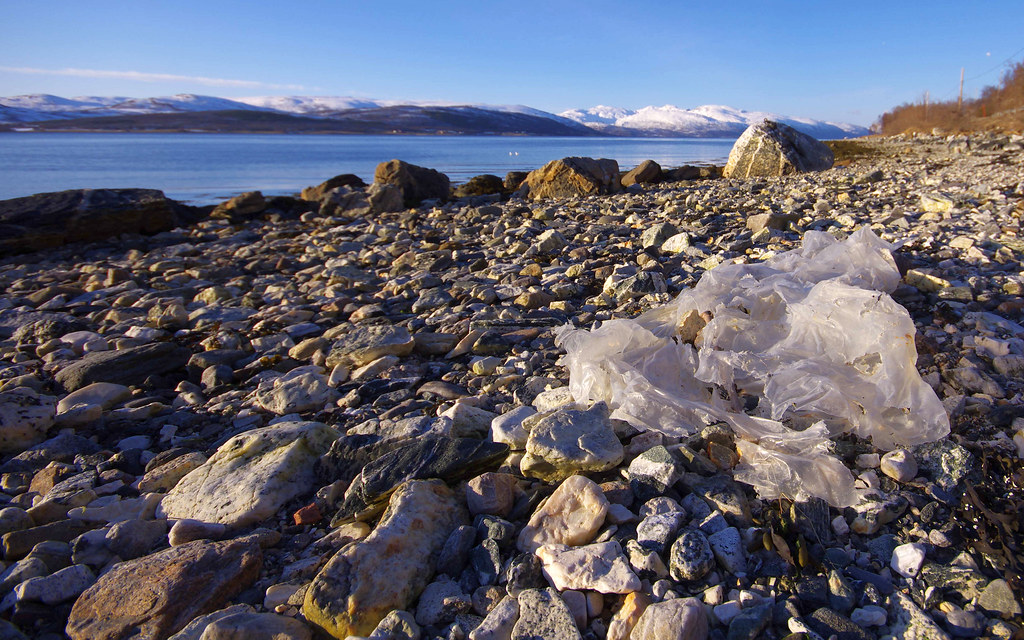
While we focus on the big pieces of litter, the real carnage happens at a microscopic level. Microplastics – fragments smaller than 5 millimeters – have infiltrated every corner of urban environments, including the bodies of insects themselves. These tiny particles act like biological time bombs, slowly poisoning insects from the inside out.
When insects consume microplastics through contaminated food or water, these particles can block their digestive systems, preventing proper nutrient absorption. Imagine trying to eat through a straw filled with tiny beads – that’s what feeding becomes like for insects dealing with microplastic contamination. They may appear to be eating normally, but they’re slowly starving to death.
Recent research has shown that microplastics can interfere with hormone production in developing insects, leading to malformed wings, stunted growth, and reproductive failures. Some species show reduced lifespans of up to 30% when exposed to even low levels of microplastic pollution throughout their development.
The particles also serve as vectors for toxic chemicals, carrying pesticides and industrial pollutants directly into insect tissues. This chemical cocktail disrupts everything from immune function to neural development, creating generations of insects that are weaker, less fertile, and more susceptible to disease.
False Signals and Deadly Attractions
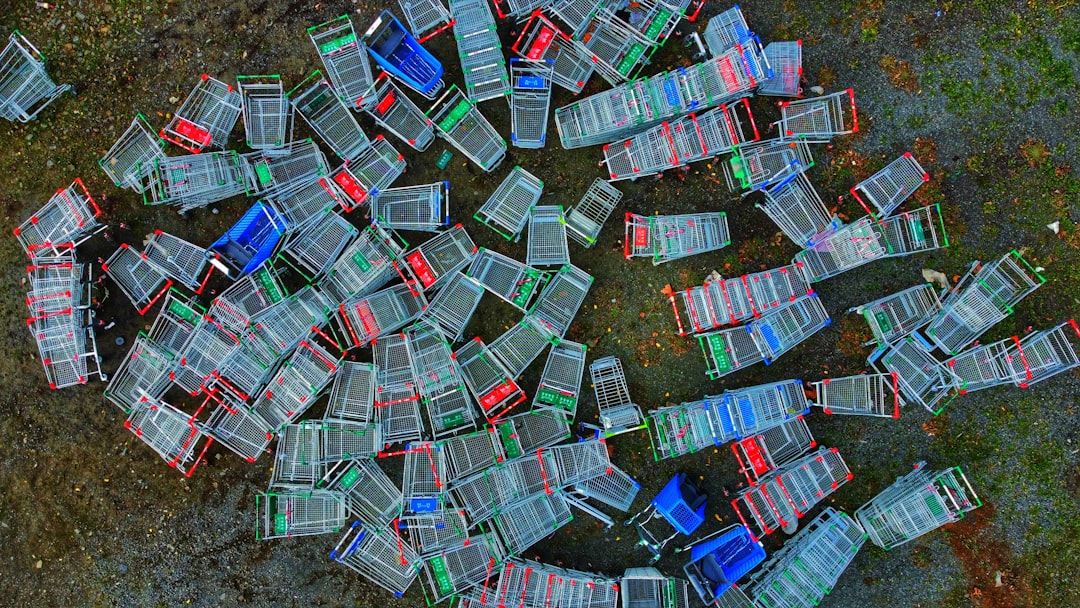
Evolution has fine-tuned insects to respond to specific visual and chemical cues, but plastic pollution creates a world full of false advertising. Brightly colored bottle caps can attract butterflies expecting flowers, while reflective surfaces trick aquatic insects into thinking they’ve found water when they’re actually landing on plastic sheeting.
The phenomenon becomes particularly deadly during breeding season. Many insects rely on specific light patterns reflected off water surfaces to locate breeding sites. Plastic debris can create similar reflections, leading pregnant females to deposit their eggs in completely unsuitable locations where the larvae will inevitably die from dehydration or lack of food.
Food packaging presents another cruel deception. The sweet residues left on discarded containers can attract insects like ants and flies, but these artificial food sources often contain preservatives and chemicals that prove toxic to insect physiology. What appears to be a feast becomes a poisoned banquet that can kill entire colonies.
Even the colors of plastic waste can prove problematic. Many plastics use dyes that fall within the same light spectrum as flowers or other natural resources that insects seek. This color mimicry leads to wasted energy and missed opportunities as insects repeatedly visit barren plastic items instead of genuine food sources.
Habitat Fragmentation Through Litter Barriers
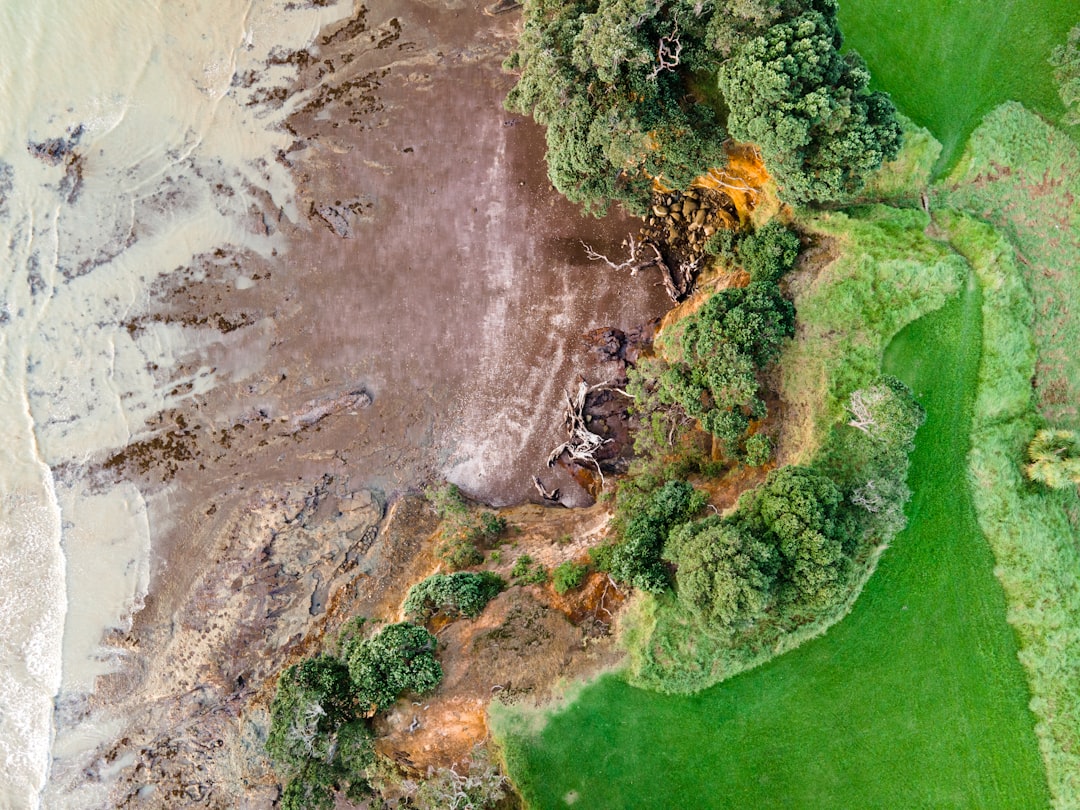
Urban litter doesn’t just poison and confuse insects – it physically fragments their habitats into isolated patches that are too small to sustain healthy populations. Imagine if someone randomly scattered walls throughout your neighborhood, blocking familiar routes and separating you from essential resources. That’s what litter accumulation does to insect communities.
Dense accumulations of plastic waste create physical barriers that ground-dwelling insects cannot cross. Species like beetles and ants that rely on specific travel corridors find their ancient pathways blocked by impenetrable walls of garbage. This fragmentation prevents gene flow between populations, leading to inbreeding and reduced genetic diversity.
The problem intensifies during seasonal migrations when insects need to move between different habitat types. A butterfly species might require access to both nectar sources and egg-laying sites, but litter barriers can prevent individuals from reaching both locations. Over time, these isolated populations become more vulnerable to extinction from disease, weather events, or other environmental stressors.
Research in urban ecology has shown that even relatively small amounts of litter can reduce insect movement by up to 60% in affected areas. This dramatic reduction in mobility ultimately leads to population crashes as insects become trapped in patches of habitat that cannot support their long-term survival needs.
The Pollinator Crisis Accelerated
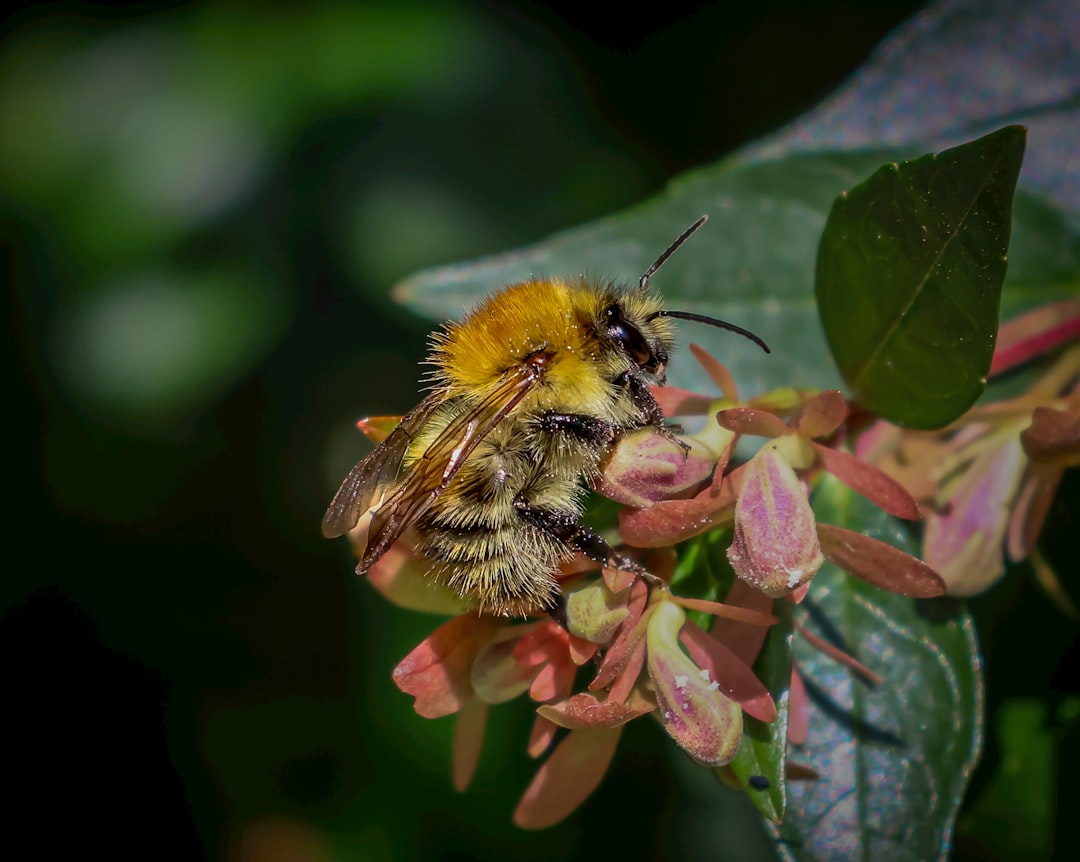
We’re already facing a global pollinator crisis, with bee populations declining rapidly due to various factors including habitat loss, pesticides, and climate change. Urban litter acts as an accelerant on this already dangerous fire, pushing pollinator species toward extinction at an even faster rate.
Bees are particularly vulnerable because they’re social insects that rely on complex communication systems to share information about food sources. When plastic pollution interferes with these communications, entire colonies can starve even when abundant flowers exist nearby. The bees simply can’t find or effectively communicate the locations of nectar sources through the chemical chaos created by decomposing plastics.
Nesting sites present another critical challenge. Many native bee species are solitary and nest in hollow stems, holes in wood, or other natural cavities. Urban litter often blocks access to these nesting sites or creates false cavities that appear suitable but lack proper ventilation or protection from predators.
The ripple effects extend far beyond the insects themselves. As pollinator populations crash in litter-heavy urban areas, plant reproduction suffers dramatically. This creates a cascading effect where reduced plant diversity leads to even fewer resources for surviving insects, accelerating the downward spiral toward ecological collapse.
Storm Drains as Insect Death Traps
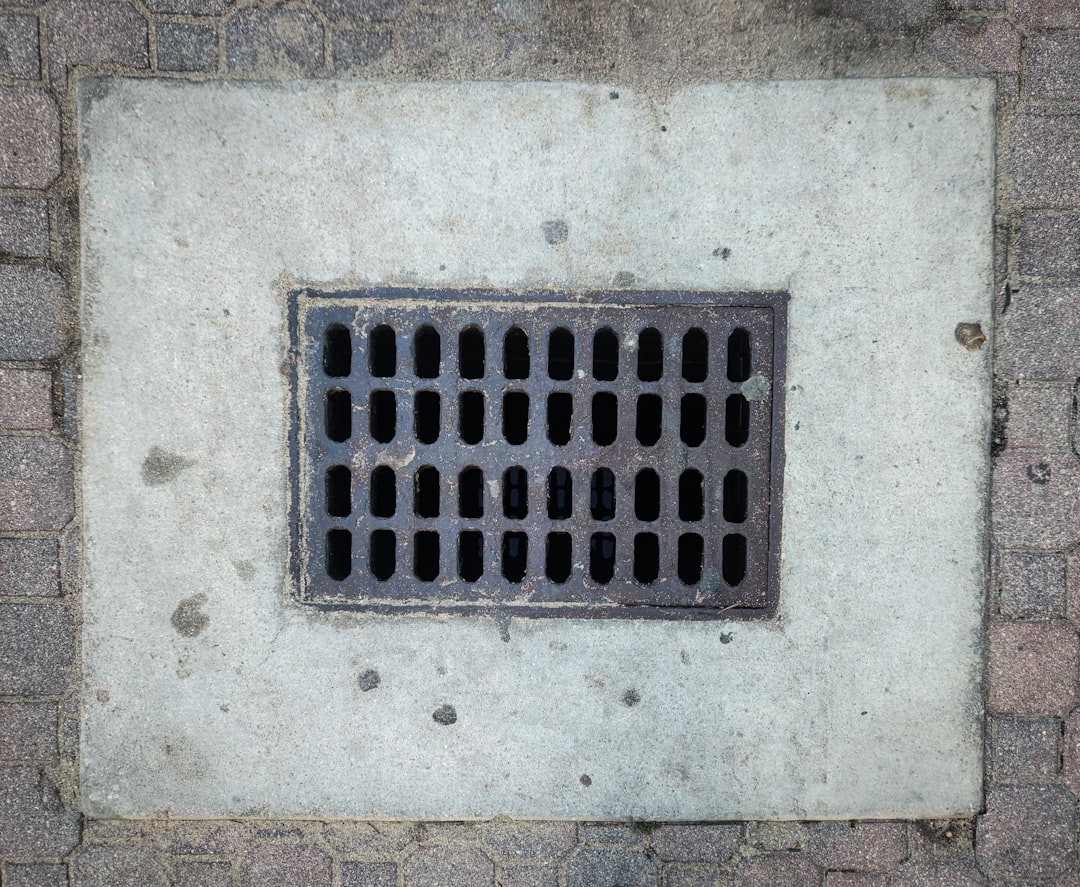
Urban storm drain systems, designed to manage water flow, have become deadly collection points for both litter and insects. These underground networks trap massive quantities of plastic waste, creating toxic environments where insects go to die in staggering numbers.
During rain events, insects seeking shelter often find themselves washed into storm drains along with floating debris. The combination of trapped water, decomposing organic matter, and concentrated plastic pollution creates a lethal soup that few insects can survive. Even those that initially survive the fall often cannot escape due to the steep, slippery surfaces of modern drain systems.
The problems persist even during dry weather. Storm drains maintain high humidity levels that attract insects, but the accumulated plastic debris creates an environment toxic to insect life. Chemical leaching from plastics combines with other urban pollutants to create conditions that are immediately fatal to most insect species.
City maintenance crews regularly remove tons of dead insects from storm drain systems, evidence of the massive scale of this hidden ecological disaster. Yet the public remains largely unaware of this underground carnage occurring beneath their feet every day.
Seasonal Timing Disruptions
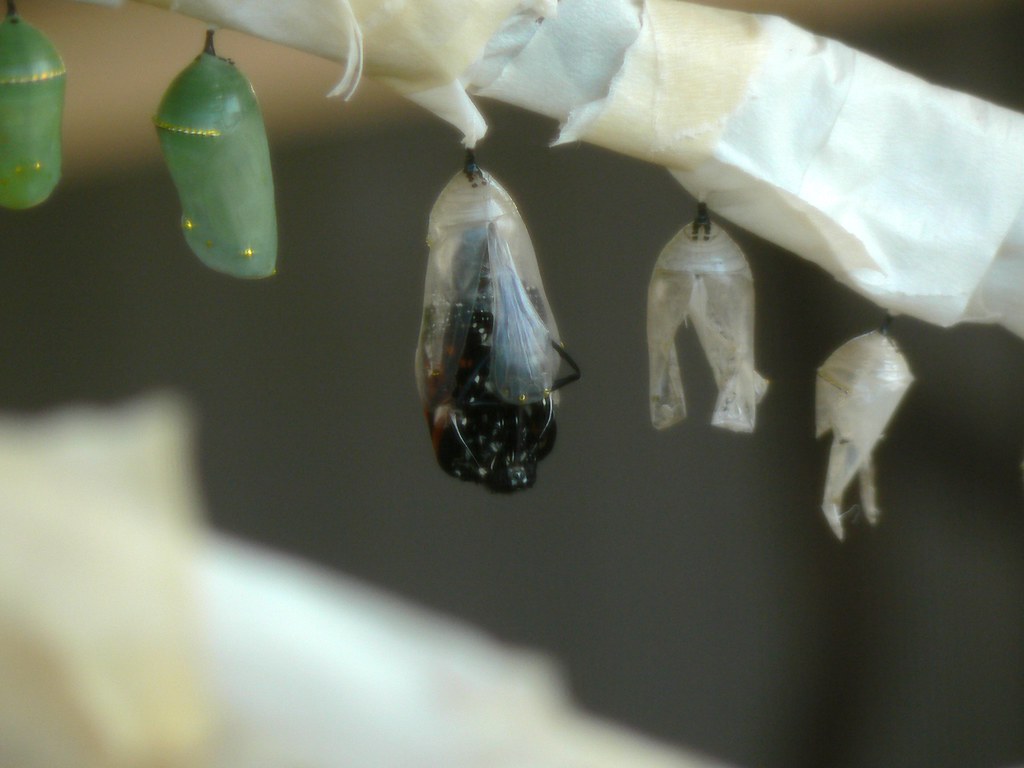
Many insects have evolved to synchronize their life cycles with seasonal changes, emerging at precise times to take advantage of available resources or favorable weather conditions. Plastic pollution disrupts these carefully timed biological rhythms, creating temporal mismatches that can prove fatal to entire species.
Dark-colored plastic debris absorbs and retains heat, creating localized warm zones that can trick temperature-sensitive insects into emerging weeks earlier than normal. These premature emergences often coincide with late winter weather that kills the adults before they can reproduce, or they may emerge before their food sources are available.
The reverse problem occurs when plastic debris creates cooler microclimates that delay insect development. Species that depend on completing multiple generations per year may find themselves unable to finish their life cycles before winter arrives, leaving them vulnerable to freezing temperatures during critical development stages.
Light pollution from reflective plastic surfaces can also disrupt insects that rely on natural light cycles to regulate their behavior. Nocturnal species may become confused by artificial reflections, while diurnal species might have their sleep cycles disrupted by persistent glare from plastic debris.
The Predator-Prey Imbalance
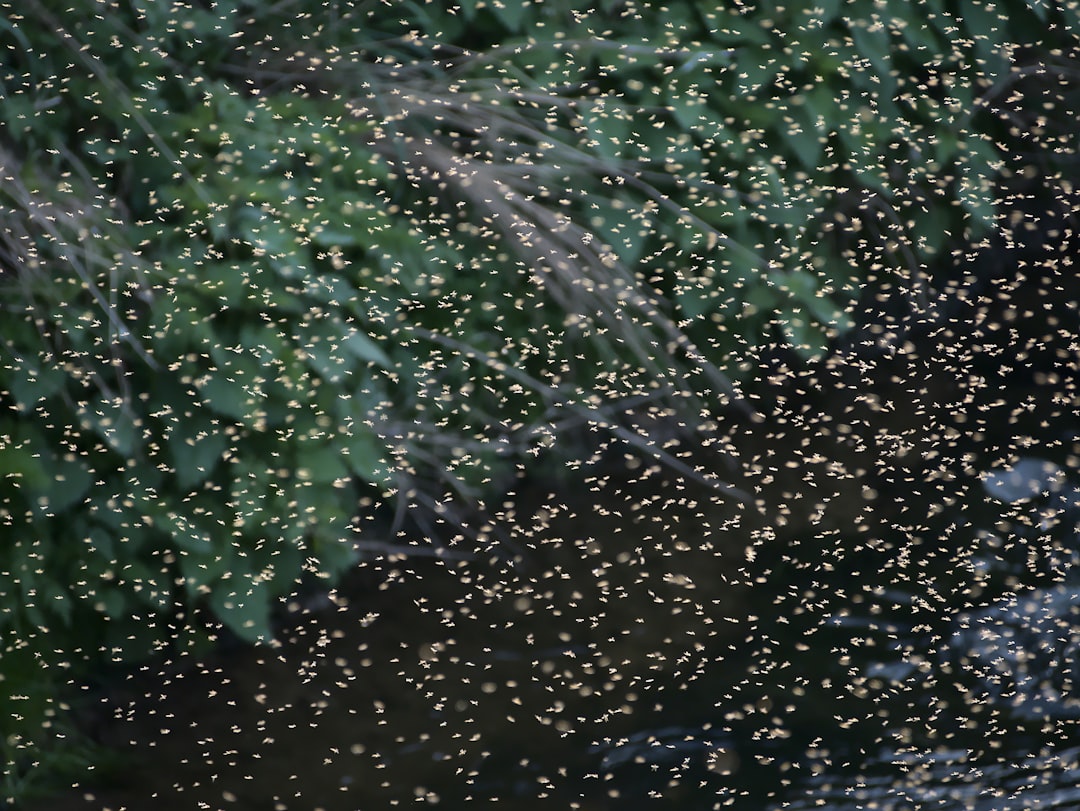
Plastic pollution doesn’t affect all insects equally, creating dangerous imbalances in predator-prey relationships that can destabilize entire urban ecosystems. Some species prove more resilient to plastic pollution than others, leading to population explosions of certain insects while their natural predators decline.
For example, some fly species actually benefit from plastic waste because they can breed in the stagnant water that collects in discarded containers. Without their natural predators – spiders, dragonflies, and other insects that are more sensitive to plastic pollution – these fly populations can explode to nuisance levels that affect human health and comfort.
The situation becomes particularly problematic with pest species that can adapt to urban environments more easily than their natural enemies. Cockroaches, certain moths, and other resilient insects may find new breeding opportunities in plastic waste while the beetles, spiders, and other predators that normally keep them in check suffer population crashes.
This creates a feedback loop where increasing pest populations lead to more pesticide use, which further harms beneficial insects and exacerbates the ecological imbalance. Urban areas trapped in this cycle often see dramatic increases in both pest problems and chemical pollution levels.
Aquatic Insects Under Siege
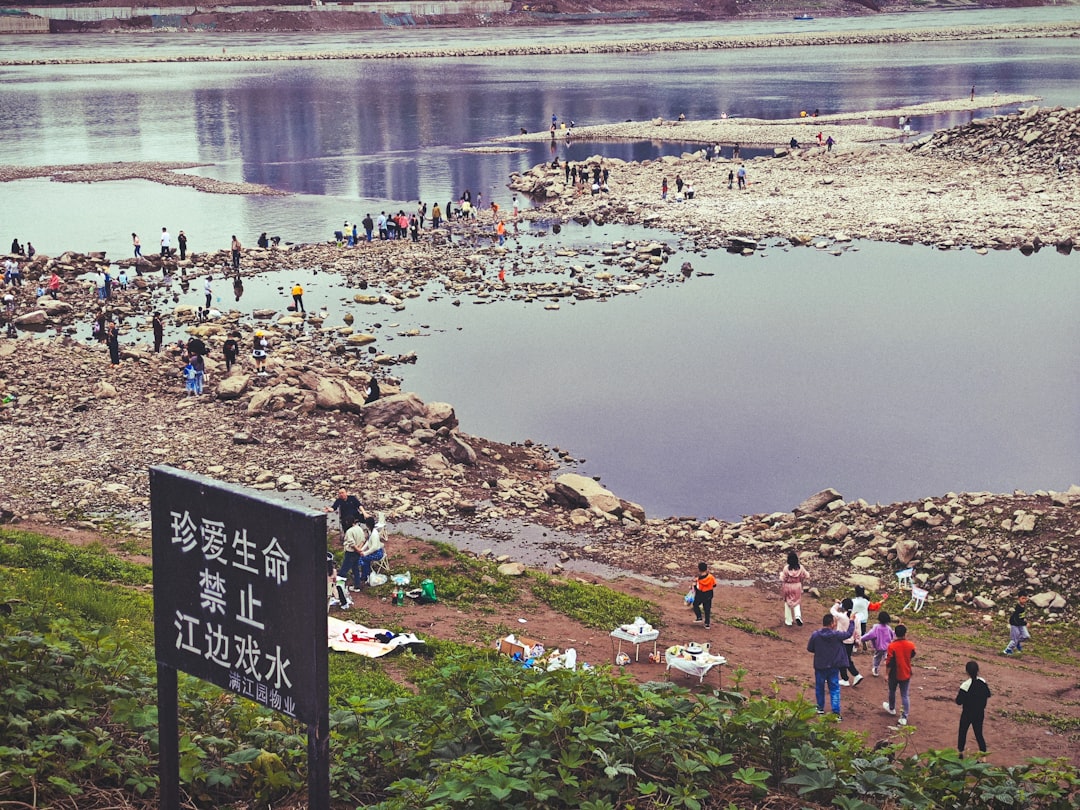
Urban water bodies suffer some of the most severe plastic pollution, and aquatic insects bear the brunt of this contamination. Ponds, streams, and even temporary puddles in cities become concentrated zones of plastic debris that create uniquely challenging conditions for water-dependent insect species.
Plastic films and bags can cover water surfaces, preventing gas exchange and creating oxygen-depleted conditions that suffocate aquatic insect larvae. These larvae, which include the juvenile stages of dragonflies, mayflies, and many other species, require well-oxygenated water to survive their underwater development phase.
Microplastics suspended in urban water bodies interfere with the feeding mechanisms of filter-feeding insects. These tiny particles clog the specialized structures that insects use to extract nutrients from water, essentially causing them to starve while surrounded by water full of potential food sources.
The chemical pollution associated with plastic waste proves particularly devastating in aquatic environments where toxins become concentrated and persist for extended periods. Heavy metals, plasticizers, and other chemicals leach from plastic debris into the water, creating conditions that are immediately toxic to most aquatic insect species.
Even insects that manage to survive their aquatic larval stage face new challenges when they emerge as adults. Plastic debris along shorelines can interfere with emergence sites, trapping insects as they attempt to complete their metamorphosis and transition from water to land.
The Economic Ripple Effect
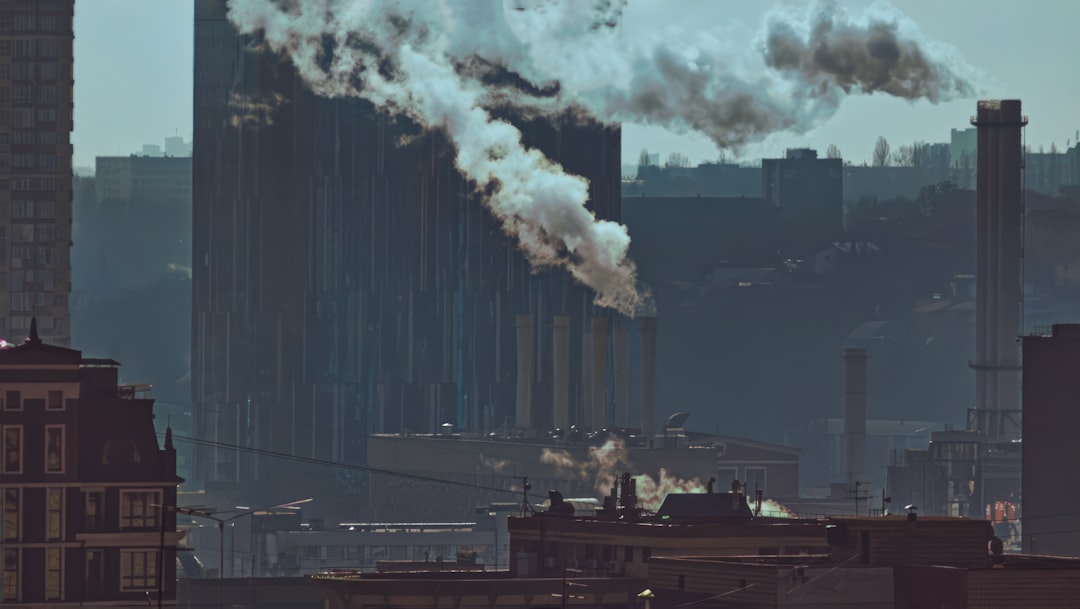
The ecological damage caused by plastic pollution and insect decline translates directly into economic losses that affect urban communities in multiple ways. Reduced pollination services alone cost cities millions of dollars annually in decreased crop yields, failed landscaping projects, and reduced property values in areas where green spaces struggle to thrive.
Urban agriculture initiatives, which have become increasingly important for food security and community development, suffer dramatically in areas with high plastic pollution. Community gardens and rooftop farms report significant decreases in crop yields when located in litter-heavy neighborhoods, forcing residents to rely more heavily on expensive imported produce.
The pest control industry has seen dramatic increases in business in urban areas with severe plastic pollution problems. Property owners spend billions of dollars annually on chemical treatments and professional services to control pest populations that have exploded due to the loss of natural predators affected by plastic contamination.
Tourism and recreation industries also suffer when urban green spaces become degraded due to insect population crashes. Parks and gardens that once attracted visitors with their vibrant wildlife and flowering displays become sterile landscapes that fail to provide the nature experiences that draw tourists and support local businesses.
Healthcare costs increase in communities where plastic pollution has disrupted natural pest control mechanisms, leading to higher rates of vector-borne diseases transmitted by insects whose populations are no longer regulated by natural predators.
Innovative Solutions and Hope
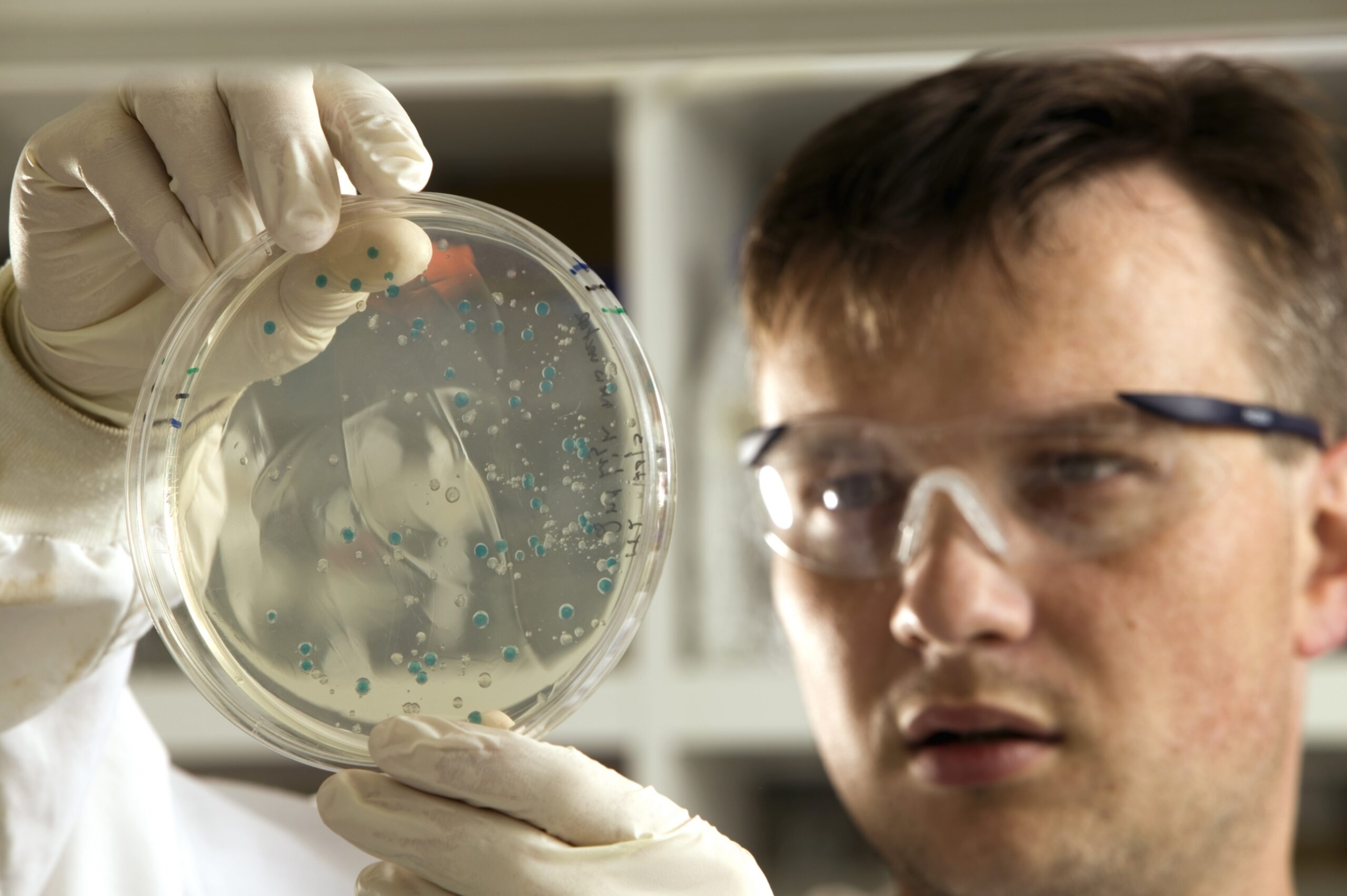
Despite the grim picture painted by current research, innovative solutions are emerging from unexpected corners of science and technology. Bioremediation projects using specially selected bacteria and fungi show promise for breaking down plastic waste into harmless compounds that don’t interfere with insect life cycles.
Urban planning initiatives increasingly incorporate “insect-friendly” design principles that account for the needs of beneficial insects while minimizing opportunities for litter accumulation. Green corridors, native plant installations, and strategic placement of waste management infrastructure can dramatically reduce the impact of plastic pollution on urban insect populations.
Citizen science programs have mobilized thousands of volunteers to monitor insect populations and track the effectiveness of cleanup efforts. These programs provide valuable data while raising public awareness about the connections between litter and ecosystem health.
Some cities have implemented innovative waste management systems that prevent plastic debris from entering natural areas in the first place. Smart bins that compact waste and alert collection services when full, combined with improved street cleaning protocols, can significantly reduce the amount of litter available to harm insects.
A Call to Action for Urban Dwellers

Every piece of litter prevented from entering the urban environment represents potentially hundreds of insect lives saved over time. Simple actions like properly securing garbage bags, participating in community cleanup events, and choosing reusable alternatives to single-use plastics can have profound impacts on local insect populations.
Supporting policies that address plastic pollution at its source proves even more effective than cleanup efforts alone. Advocating for plastic bag bans, container deposit programs, and extended producer responsibility laws creates systemic changes that reduce the overall burden of plastic waste in urban environments.
Creating insect-friendly spaces in urban areas helps offset some of the damage caused by plastic pollution. Even small actions like planting native flowers, providing clean water sources, and avoiding pesticide use can create refuges where insects can survive and reproduce despite the challenges posed by urban litter.
The fight against plastic pollution requires collective action, but individual choices matter enormously when multiplied across millions of urban residents. Every person who chooses to reduce their plastic consumption and properly dispose of waste contributes to creating a more livable environment for the insects that our ecosystems desperately need.
Conclusion
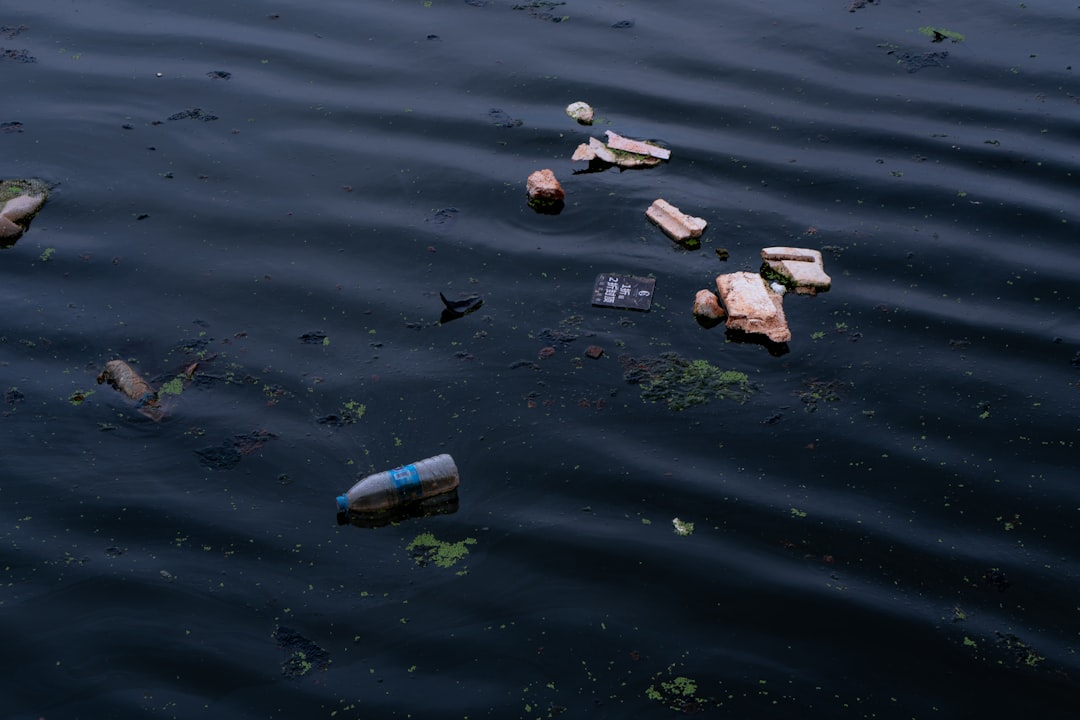
The invisible war being fought in our cities between plastic waste and insect life represents one of the most critical environmental challenges of our time. As we’ve explored throughout this investigation, the seemingly harmless litter scattered across urban landscapes creates a complex web of threats that pushes insect populations toward collapse. From chemical confusion and habitat fragmentation to deadly deceptions and microplastic poisoning, plastic pollution attacks insects at every stage of their life cycles. The consequences extend far beyond the insects themselves, threatening the pollination services, pest control, and ecological balance that human communities depend upon. Yet hope remains in the form of innovative solutions, policy changes, and individual actions that can begin to turn the tide. The question isn’t whether we can afford to act, but whether we can afford not to – because in a world without insects, the plastic may be all that’s left.
